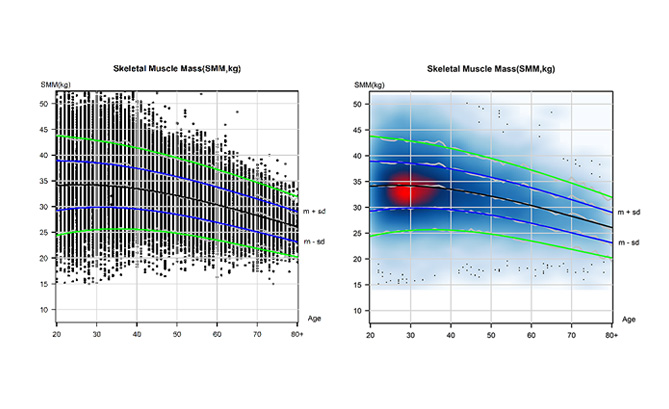- The Evolution of BIA through InBody
- InBody’s medical-grade
body composition analyzers rely on four pillars of technology to give you extremely accurate
and precise BIA results that are highly correlated to gold-standard methods.
Bioelectrical impedance analysis(BIA) is a method used to measure the components of the body, including muscle mass, body fat, and total body water. Alternating low and high- frequency electrical currents are sent through the water in the body via contact with electrodes to measure impedance.
The impedance is used to determine total body water (TBW), which can then be used to derive your fat-free
mass—the portion of your body that does not contain fat, including your muscle and bone—and then body fat.
- Globally Recognized Patents Direct Segmental Measurement- BIA device (DSM-BIA)
- Our body and more specifically the segments of our body is different in length, and cross-section area. Arms and legs have a narrow area and long length, so the impedance value is high, but the muscle mass is low. On the other hand, the trunk has a relatively large area, so its impedance value is low and the muscle mass is high. Therefore, a small change in the impedance value in the trunk has a greater impact on the muscle mass, so it must be measured separately in order to know the accurate total muscle mass.
- InBody measures arms, legs, and trunk separately to provide more accurate test results.
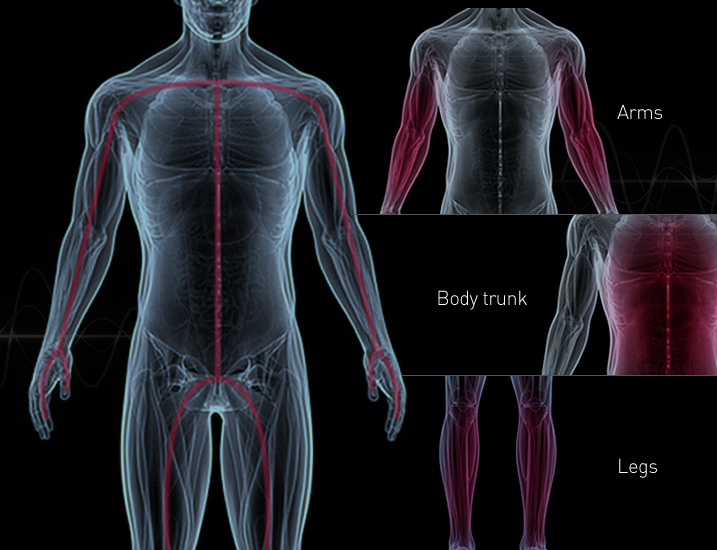
- High Reproducibility Assured 8-Point Tactile Electrode System
- Taking the anatomical structure of the human body in consideratio, InBody placed a total of eight electrodes- one current and one voltage electrode on each handle and feet. With this electrode design, we are able to maintain the measurement starting point at all times, which increase the reproducibility.
- This means that even if the measurement postures changed or even if multiple measurements are made, we are able to maintain high reproducibility. In addition to the electrode design, the way in which the current and voltage electrode are separated minimizes the resistance coming from contacted skins, which added more detail to the accurate measurements.
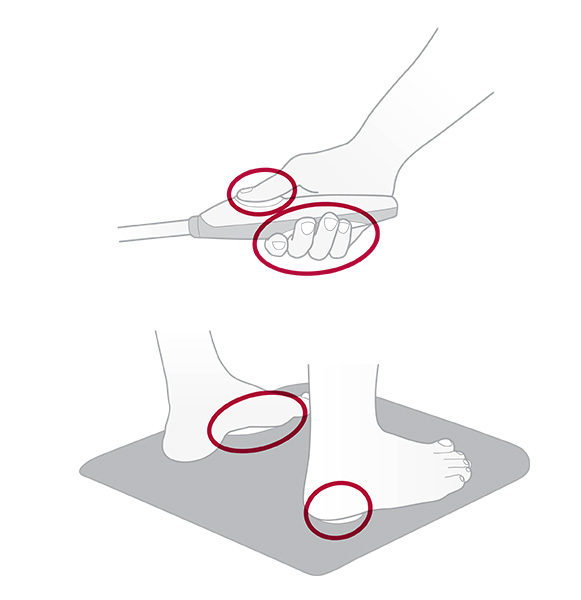
- Multi-Frequency For In-Depth Analysis
- Low frequencies do not pass through the cell membranes, so they mainly reflect extracellular water, while high frequencies pass through the cell membranes and we are able to reflect both extra/ intracellular water. Using these tendencies we use multi-frequencies from low to high frequencies and measure intracellular and extracellular water separately. Through this, we can accurately measure extracellular water, total body water, and intracellular water, and furthermore, check the water balance.
- As the newest advance to our multi-frequency, we added the world’s first 3MHz High-frequency so that we can ensure an even more stable measurement within the 50~500kHz impedance as these tend to be the major frequencies when analyzing our body composition, and this helps us to stabilize the measurements even when there are interferences from the outside or posture errors. Not only did it enable stability but it also, it enabled us to accurately measure many different patients that have irregular body water status and professional athletes with special body types.
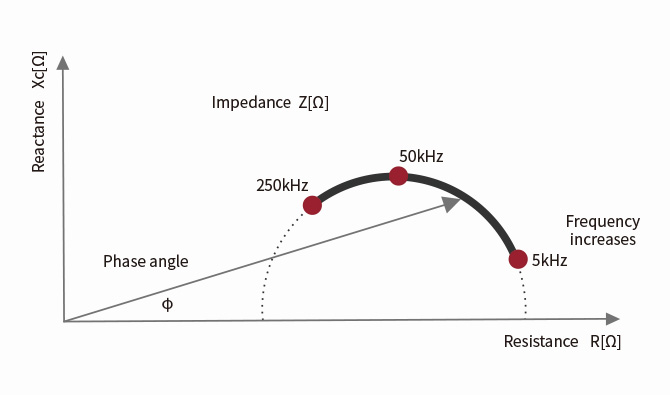
- Multi-frequency reactance data for enhanced clinical use
- Reactance is a resistance component that occurs in cell membranes and with the reactance we are able to determine the cellular health status. For example, through the reactance data, we are able to know the somatic cell mass, cellular structural integrity, and physiological functional level of the cell.
- By providing an extended reactance measurement from not only the 50 kHz, but also from 5kHz, and 250kHz, and honing the accuracy in these ranges, InBody is able to provide even more parameters. These parameters can be used in various clinical fields for research purposes to pre-screen undetected diseases, evaluate nutritional status, and also to implement these data into rehabilitation.
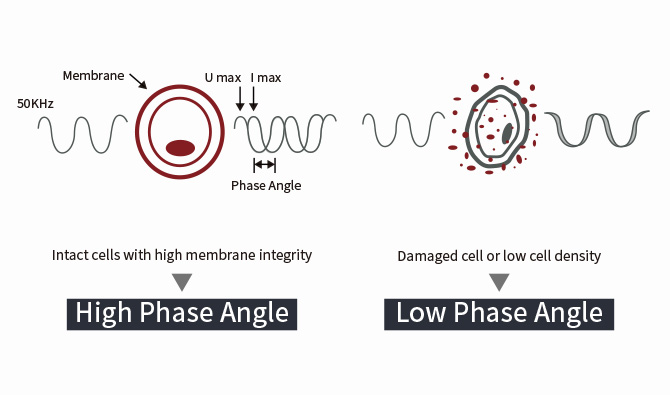
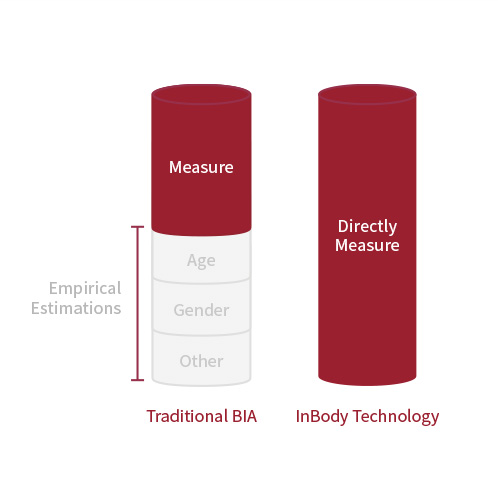
- Special body type analysis
not influenced by data - InBody does not use gender or age to determine the body composition. In the past, empirical data was used to increase the accuracy of the body composition result. however the measurements showed poor accuracy depending on the measurement groups. InBody is the first equipment to overcome these limitations with technology, and accurately analyzes body composition without using empirical variables.
- Body Composition Evaluation by age based on InBody’s Big Data
- nBody provides Age differentiated graphs for each body composition analysis parameter based on InBody data accumulated from around the world.
With InBody’s Big Data, a comprehensive analysis is provided so that you can compare your data to the data of the young age group (T-score) and the same age group (Z-score).
